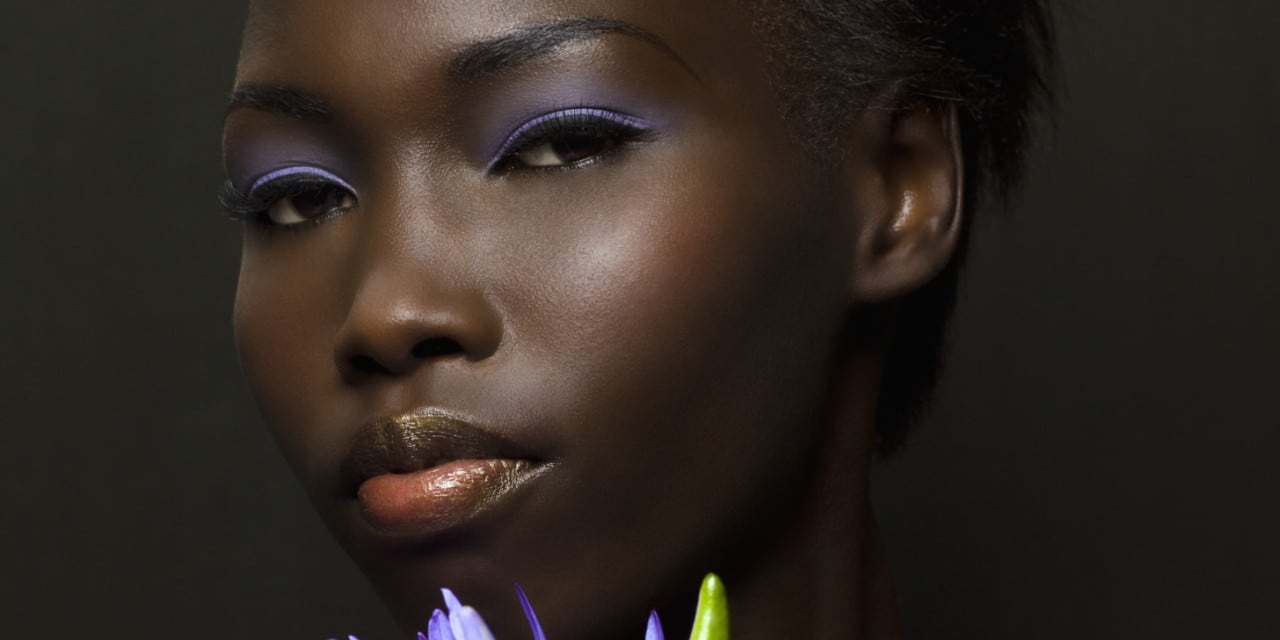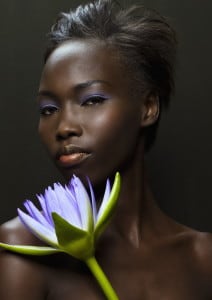If your skin is ebony, medium or light brown, you have a far lower risk of skin cancer, but you aren’t immune.
In fact, the places you’d least suspect are most at risk — from your mouth and nails to your groin and buttocks. In blacks, skin cancer is most often found on parts of the body that are not exposed to the sun.
“Many people of color mistakenly believe that they are not at risk, but skin cancer is color blind,” says dermatologist Henry W. Lim, M.D.,
chairman of the department of dermatology at Henry Ford Hospital in Detroit. “When detected early, skin cancer is highly treatable, but it can pose a serious health threat if left untreated.”
The melanin that gives us our rainbow of chocolate shades also helps to protect us from sun damage. The rate of skin cancer among black women is 1 percent per 100,000, as opposed 20 percent per 100,000 among white women. However, we still need to practice prevention.
A new report, “Skin Cancer and Photoprotection in People of Color: A Review and Recommendations for Physicians and the Public,” highlights the fact that when people of color do develop skin cancer, we tend to be diagnosed at an advanced stage.
When skin cancer is detected late, it makes deadly skin cancers like melanoma much harder to treat and greatly reduces a patient’s chance of survival. The five-year melanoma survival rate for blacks is 73 percent compared to 91 percent in whites.
The report’s 11 authors, led by dermatologist Oma Agbai, M.D., a physician at the University of California, Davis, Health System, point out that people of color are less aware of the dangers of skin cancer. But consider this fact: One American dies from melanoma every hour.
Lowering Your Risk
Almost every African-American woman has heard the phrase, “black don’t crack,” referring to the fact that brown skin is less likely to wrinkle as we grow older. But the sun ages and damages skin of every shade.
If you have brown skin, you have a natural sun protection factor (SPF) of about 13.4, as opposed to 3.4 for people with very light or white skin. Sun exposure also may cause hyperpigmentation of brown skin and destroy collagen and elastin, the proteins that keep skin firm.
Here’s the latest advice on protecting yourself:
Know the skin you’re in: Skin cancer in blacks is most often found on parts of the body that are not exposed to the sun. The report research team advises people with brown skin to perform a thorough, monthly, skin self-exam, paying special attention to the palms of the hands, soles of the feet (a common site for melanoma in blacks), the fingernails, toenails, mouth, groin and buttocks. Look for any dark spots, moles or lesions that are itching, bleeding or changing shape or color. Also look out for wounds that won’t heal. Learn more about skin cancer from the Skin Cancer Foundation.
Seek shade. Wear a hat in the summer or if you live in a sunny climate and whenever you are at the beach. And of course, stay out of tanning beds; they are just as dangerous as natural sunlight.
Update your wardrobe: Fashionable, affordable sun-protective clothing is a must during the summer or visits to tropical climates. The SPF in your clothing can be as important as the SPF in your sunscreen. Check out websites like Coolibar and Sun Precautions for a great selection of hats, clothing and workout gear with an SPF of 50 or higher.
Wear sunscreen every day. Use a sunscreen with an SPF of at least 30 on all exposed areas of your skin and apply it 15 to 30 minutes before going outdoors. Anthelios 50 by LaRoche-Posay is a great sunscreen for every skin shade. It’s never chalky and its oil-blotting formula creates a silky, dry, matte finish that’s a perfect primer for make-up. Be sure to reapply sunscreen every two hours, and after swimming or sweating.









